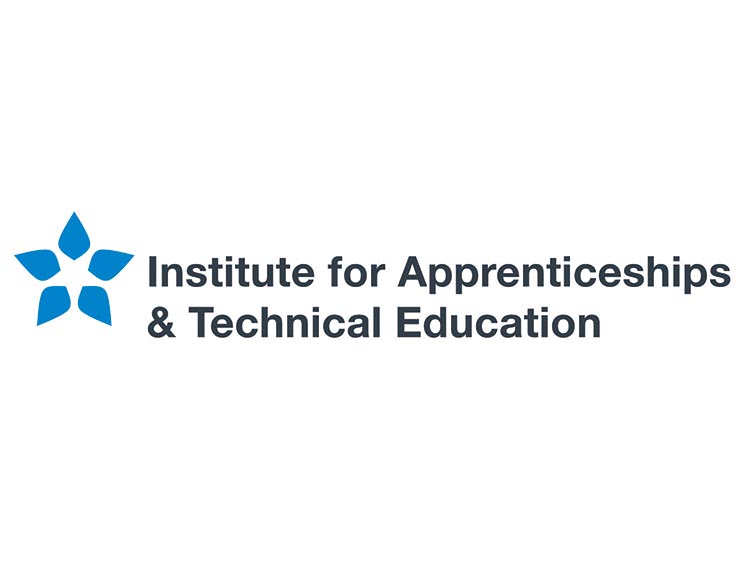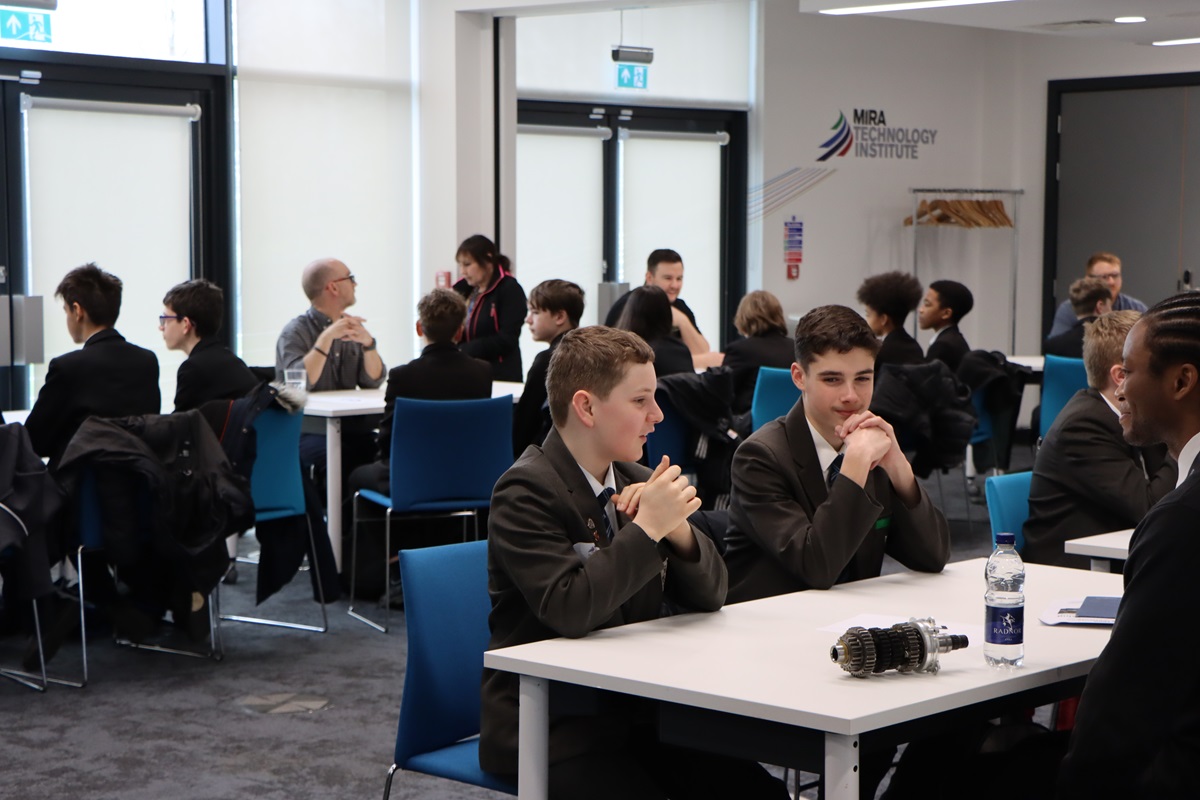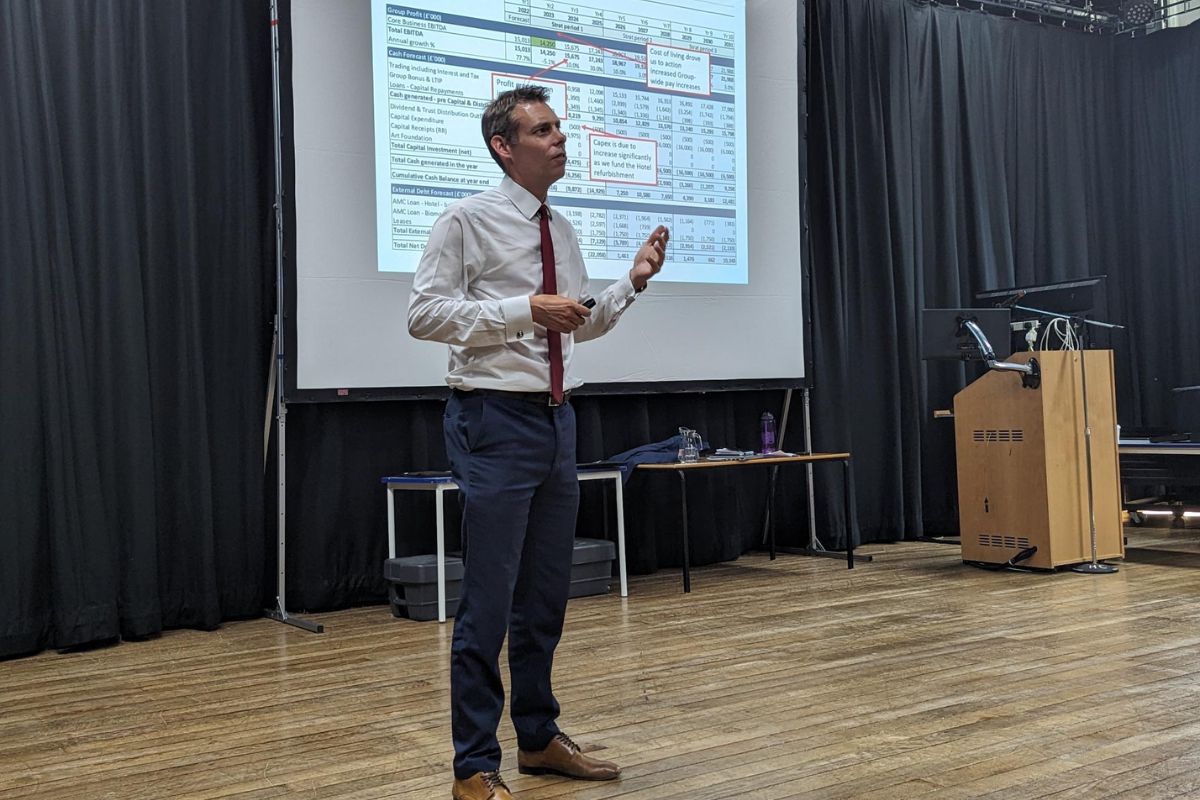Space engineering technician

KSBs
Knowledge
K1: Spacecraft Systems including power, attitude control, thermal, communications, data handling and propulsion. Back to Duty
K2: Engineering mathematical and scientific principles, methods, techniques, graphical expressions, symbols, formulae and calculations including: reference frame definitions, tolerancing, torque settings. Back to Duty
K3: Relationships between customers, partners & suppliers in the international space engineering and manufacturing sector. Back to Duty
K4: Space system assembly, integration and test procedures, processes, techniques and tools such as vibration, thermal-vacuum, electromagnetic compatibility. Back to Duty
K5: Purpose of approved processes, components, parts and materials lists and verification control documentation. Back to Duty
K6: Ground Support Equipment and Systems including electrical/electronic test equipment and mechanical handling equipment. Back to Duty
K7: Mechanical, Electrical and Electronic Analysis & Testing principles, including space industry-specific test standards. Back to Duty
K8: Properties, handling and application of space qualified materials including Electrostatic Discharge (ESD) precautions. Back to Duty
K9: Quality and Product Assurance principles in space projects. Back to Duty
K10: Principles, processes and techniques for thermal-vacuum, electromagnetic compatibility, shock, vibration and acoustic testing. Back to Duty
K11: Principles of Additive Manufacturing for application in space including powder quality and repeatability of build. Back to Duty
K12: Configuration and Document Management Control Processes including issue control, incorporation of change and End Item Data Pack. Back to Duty
K13: Adhesives, bonding, soldering and fastening techniques required to meet space qualification standards. Back to Duty
K14: The space environment including thermal, vacuum, radiation, atomic oxygen and launch operations. Back to Duty
K15: Precision and uncertainty in measurement systems, including limitations and appropriate use. Back to Duty
K16: Vacuum and pressurised systems and measurement. Back to Duty
K17: Disciplines and handling in cleanliness and contamination-controlled environments. Back to Duty
K18: Application of Risk Assessment at point of work. Back to Duty
Skills
S1: Prepare and complete documentation including work instruction, build and change records, risk assessments and non-conformance reports in compliance with applicable space industry processes and standards. Back to Duty
S2: Contribute to technical reviews such as assembly, integration and test readiness, and non-conformance reviews. Back to Duty
S3: Assemble, integrate and test at equipment, subsystem and system level. Back to Duty
S4: Support and maintain ground support systems for spacecraft and subsystems. Back to Duty
S5: Interpret outputs from manufacturing software such as Computer Aided Design (CAD) / Computer Aided Manufacture (CAM) and Product Data Management / Product Lifecycle Management (PDM/PLM). Back to Duty
S6: Solve problems using procedures and methodologies commonly applied in the space engineering sector, such as Failure Mode and Effects Analysis (FMEA), Plan-Do-Check-Act (PDCA) Cycle, 8-Disciplines (8D), Ishikawa/Fishbone Diagrams. Back to Duty
S7: Contribute to the definition of space engineering process improvement plans. Back to Duty
S8: Use internal and external Quality Management Systems including Non-Conformance Reports (NCRs), Production Documentation, and published standards applicable to space engineering and manufacture such as EN9100, ISO9001. Back to Duty
S9: Read, extract and interpret technical documentation (such as workplans/project plans, schedules, drawings, test plans, specifications, production data, quality reports, costing data, statistical information, assembly instructions and requirements) drawing accurate conclusions and making informed decisions, seeking clarification where required. Back to Duty
S10: Perform electrical and electronic measurement and testing using equipment such as voltmeters, spectrum analysers, oscilloscopes. Back to Duty
S11: Perform appropriate joining techniques for example using adhesives, bonding, plating, soldering and fastening, following procedures for space quality standards. Back to Duty
S12: Carry out assembly and functional testing of products such as electronics boards and mechanical assemblies, to design specifications and space industry standards. Back to Duty
S13: Inspect electrical, mechanical or electronic equipment for quality assurance purposes. Back to Duty
S14: Use CAD software to create 3D models and part drawings to enable manufacture of components for spacecraft systems and ground support equipment. Back to Duty
S15: Apply space industry procedures in facilities such as cleanrooms, workshops and testing facilities (for example, ECSS-Q-ST-70-50C: Particles contamination monitoring for spacecraft systems and cleanrooms) in compliance with legislative and company Health, Safety and Environment requirements. Back to Duty
S16: Measure, test and analyse, using instruments such as pressure gauges, micrometers, balances and non-contact approaches. Back to Duty
S17: Use and maintain vacuum and pressure systems for space applications (such as environmental test chambers, pressure-fed propulsion systems, and gas supply lines for manufacturing & testing) including associated processes and documentation such as Piping & Instrumentation Diagrams. Back to Duty
S18: Use and maintain cryogenic systems for space applications (such as propulsion, subsystem thermal control and ground support activities) including associated processes and documentation, in compliance with legislative and company Health, Safety and Environment requirements. Back to Duty
S19: Communicate using verbal and written methods such as for formal and informal presentations, written reports and electronic dissemination, adjusting approach to take account of equality and diversity considerations, and listen to others. Back to Duty
Behaviours
B1: Takes personal responsibility and is resilient. For example, disciplined and responsible approach to risk, works diligently regardless of how much they are being supervised, accepts responsibility for managing their own time and workload and stays motivated and committed when facing challenges. Back to Duty
B2: Focuses on quality and problem solving. For example, demonstrates attention to detail and seeks opportunities to improve quality, speed and efficiency. Back to Duty
B3: Committed to continuous personal improvement. For example, reflects on skills, knowledge and behaviours and seeks opportunities to develop, adapts to different situations, environments or technologies and has a positive attitude to feedback and advice. Back to Duty
B4: Is responsible and accountable. For example, is present in the workplace at the required times, completes all assigned tasks and takes responsibility for the duties assigned to the role. Shows a desire to succeed, approaches difficult or challenging problems with enthusiasm, shows initiative and supports the success of the team/organisation. Back to Duty
B5: Performs through co-operation and works effectively in teams. For example, has a clear understanding of role; voluntarily engages in open communication with team colleagues and line management; identifies individual contributions that can be made to reach collective goals; supports meetings and work sessions on request. Adopts a positive attitude to working with others, and supports discussion with facts and logic, and considers implications of their actions on other people and the business. Back to Duty
B6: Interacts appropriately with stakeholders. For example, works to understand stakeholder requirements and perspectives, and can present work positively and with confidence. Back to Duty
B7: Uses a safety-first approach in order to comply with legislative and company Health, Safety and Environment requirements. Back to Duty











Responses